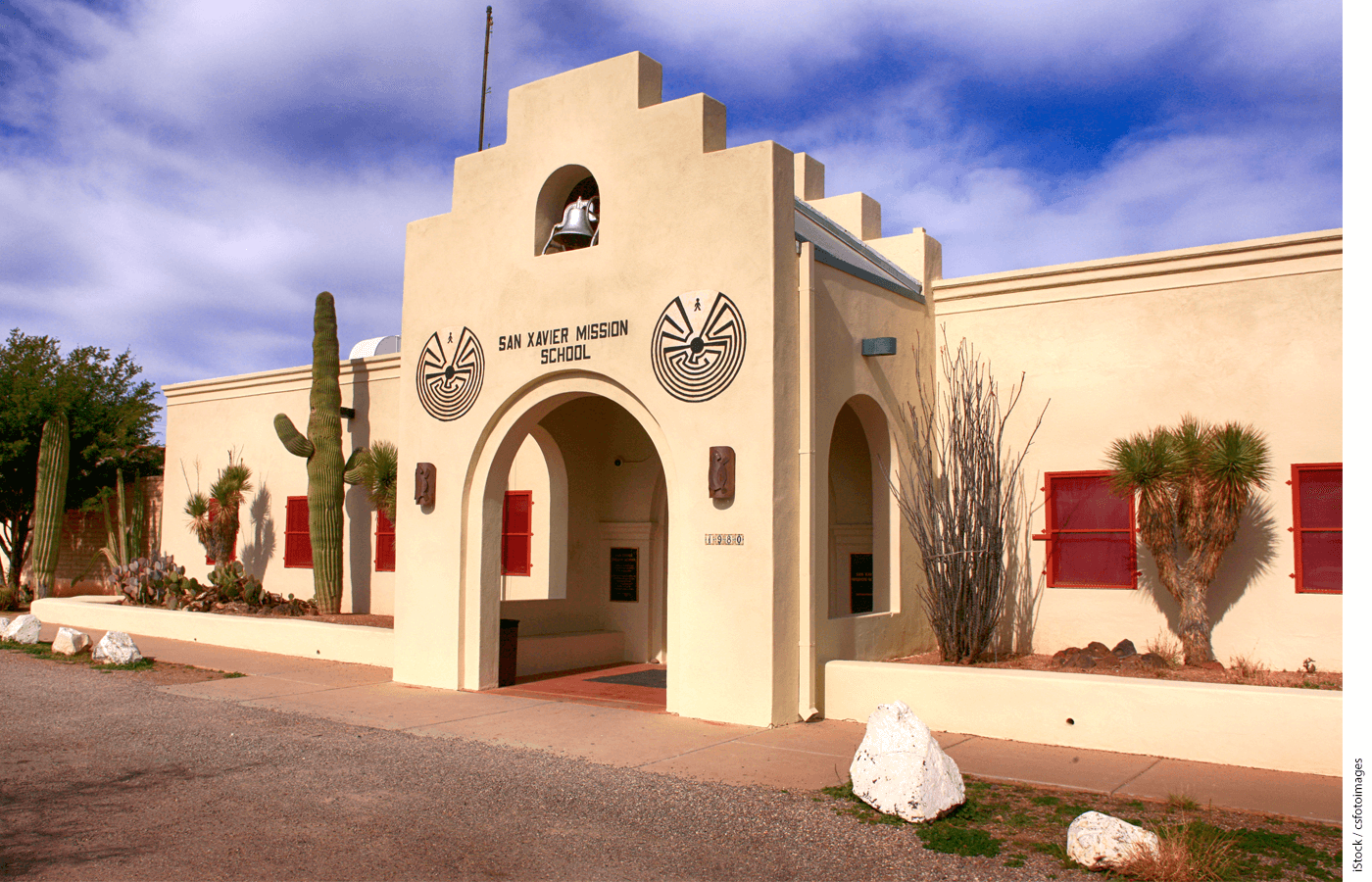
A recent report by the Brookings Institution claims that Arizona families participating in the state’s K–12 education savings accounts policy are disproportionately wealthy. However, the report suffers from a fatal flaw that renders their analysis meaningless.
In 2011, Arizona lawmakers enacted the Empowerment Scholarship Account (ESA) program, which families can use to choose the learning environment that works best for their children. Families can use ESAs to pay for private school tuition, tutoring, textbooks, homeschool curricula, online courses, special-needs therapy, and more.
Initially limited only to students with special needs, state lawmakers expanded eligibility for the program several times over the last decade. In 2022, Governor Doug Ducey signed legislation opening the ESA program to every K–12 student in the state.
Since the Arizona Department of Education does not collect data regarding the income of families participating in the ESA program, the Brookings researchers attempt to use zip codes as a proxy for determining the socioeconomic status of ESA participants. The report uses the poverty rates, median household income, and educational attainment levels for the zip codes in which ESA participants reside to roughly approximate their socio-economic status.
Based on these assumptions, Brookings finds that ESA participants tend to reside in areas of Arizona that have lower levels of poverty and higher median incomes and levels of educational attainment. According to the report’s authors, “the takeaways from this analysis are clear”:
In Arizona, the state with the first and highest-profile “universal” ESA program, families in the wealthiest, most advantaged communities are obtaining ESA funds at the highest rates. Families in the poorest communities are the least likely to obtain ESA funds. Nothing in the analysis above even remotely suggests that this program is addressing inequities in school access by students’ socioeconomic status.
The phrase “in the analysis above” is doing a lot of work in that assertion. The fatal flaw in the Brookings analysis is what it excludes. Nowhere in the report do the authors mention that Arizona has another education choice policy—tax-credit scholarships—that predates and works in tandem with the ESAs. Nor do they mention that one component of the scholarship policy is means-tested, let alone that low- and middle-income families can receive more money with the scholarships than the ESAs.
That’s right: low-income families can receive tax-credit scholarships that cover a greater amount of tuition than the typical ESA, which is worth about $7,400 annually for a student without special needs.
Arizona families are eligible for the means-tested scholarships if their household income is no greater than 342.25% of the federal poverty line, or $102,675 for a family of four in 2023–24. That’s below the household income of the median school teacher married to the median firefighter in Arizona.
About two-thirds of Arizona families are eligible, yet school tuition organizations (STOs) tend to prioritize awards based on need. Last year, 44 Arizona STOs issued nearly 30,000 scholarships under the means-tested program. By comparison, about 71,500 students received ESAs this year.
The Brookings researchers express curiosity about why low-income families are less likely than higher-income families to use the ESA program, and offer several theories as to why that might be:
What is less clear—and worthy of further study—is why these patterns exist. There are many reasons why families in lower-SES areas might not participate in this program. Some families might be interested in obtaining ESA funding but are unaware of the program (information barriers) or unable to get to/from their preferred schools (transportation barriers). Some families may confront financial barriers, since the tuition at many private schools exceeds the value of the scholarship, leaving ESA-recipient families to cover the difference. Some families might just not be interested. They may feel better served by, or more welcome in, their neighborhood public schools.
Never do the researchers consider the role that the tax-credit scholarship policy plays. Yet, given that an Arizona student cannot simultaneously participate in both education choice programs, it should not be particularly surprising that low-income families who want to enroll their child in a private school would choose the tax-credit scholarships rather than the ESA.
The Brookings researchers might object that they are only evaluating Arizona’s ESA program, not Arizona’s education choice policies generally. But since the two programs work in tandem, and participation in one precludes participation in the other, it’s impossible to study their effects in isolation.
Imagine a study in which people were offered either $500 cash or a smartphone ranging in value from $350 to $750 depending on one’s income, with lower-income individuals being offered higher-value phones. If the researchers reported that “higher-income individuals are more likely to accept $500 cash when offered than lower-income individuals” without mentioning the offer of the smartphone, the statement might be technically correct, but the missing context would render the statement so highly misleading as to constitute academic fraud. No one would accept a claim by the researchers that they were only interested in evaluating the effects of an offer of $500 cash, as the mutually exclusive offer of the smartphone fundamentally alters the offeree’s behavior.
Brookings was probably not intending to deceive, but at the very least, their failure to mention the existence of the tax-credit scholarship policy is sloppy. Either way, it’s impossible to assess whether Arizona’s education choice policies are “addressing inequities in school access,” as Brookings sought to do, without including Arizona’s popular and longstanding tax-credit scholarship policy in the analysis.
Jason Bedrick is a Research Fellow at The Heritage Foundation’s Center for Education Policy.


